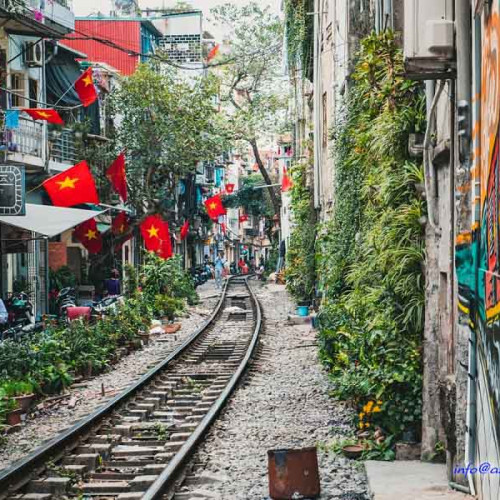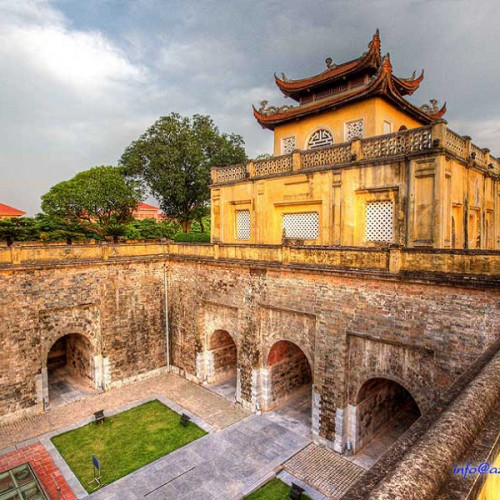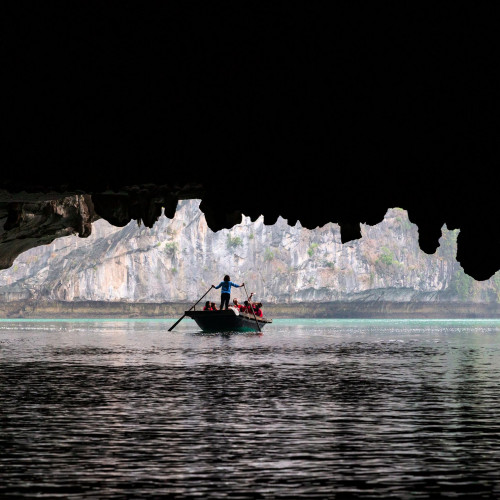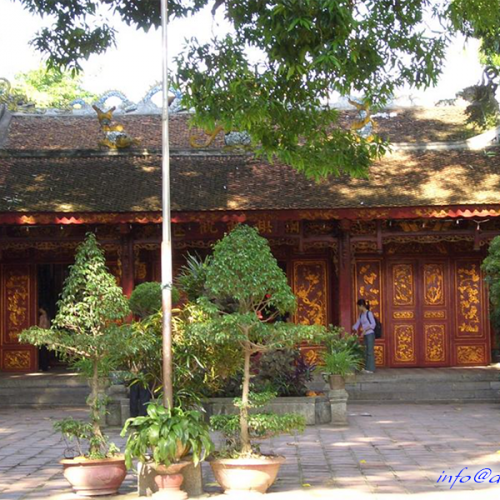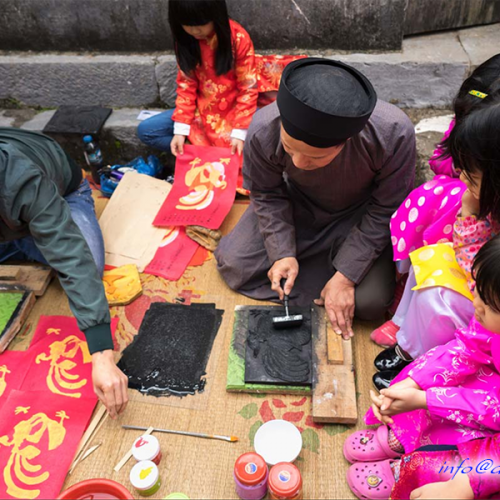Laos At A Glance
Nestled between Thailand and Vietnam in the heart of Southeast Asia, Laos is an often overlooked oasis. From the stellar waterfalls and natural beauty of the north to the cultural icons and museums of the capital, Vientiane, Laos is jam-packed with incredible sights. A large number of visitors only ever make it to Vientiane on visa runs from Thailand, but the country has far more to offer than that. Some of the most beautiful scenery in the region lies in Laos, and it’s definitely worth the trip to explore it.
Currency: Laos Kip. The kip is worth roughly 0,00012 USD, so don’t panic if you see a sandwich that costs 25,000 Kip. That’s normal!
Language: Lao, sometimes referred to as Laotian, is the official language of Laos. It’s closely related to Thai, so much so that if you speak Thai, you’ll be able to get by in Laos just fine. Luckily, many of the Lao people speak a bit of English, so even if you’re not fluent in Thai (like me) you’ll still be able to manage on your own while traveling there. Different dialects are spoken in the different regions of the country, but all are pretty similar. If you want to learn a few basics, here is our guide on Lao for travelers.
Festivals and Celebrations: Holidays in Laos, like in much of the rest of Southeast Asia, are a blend of traditional and religious and festive and fun. One of the biggest celebrations is the Lao New Year, or Pi Mai Lao, which occurs in April. Much like Thailand’s Songkran, this festival spans three days and erupts into a nationwide water fight. You’ll definitely want to keep your valuables and electronics waterproofed before stepping out into the streets for this celebration.
In May, various villages will take part in Rocket Festivals. Traditionally done as a request for rain, small rockets are sent into the sky throughout this festive weekend. At the height of the country’s hot and dry season, this celebration also becomes a chance to cool down with some Lao beer and let loose a little!
Boun Awk Pansa falls in October and marks the end of the monks’ three-month fast during Buddhist Lent. Traditional offerings are made at temples in the morning, while the atmosphere turns to a party by the evening. Small boats of banana leaves are sent down the rivers adorned with candles and flowers for good luck.
Following Boun Awk Pansa is a boat racing festival. Races are held in many towns throughout the country, but perhaps the biggest and best is in Vientiane. The competitors practice for months beforehand and the entire city comes alive with excitement as they prepare for the races. It’s definitely an experience you won’t want to miss if you’ll be in Laos in October.
Best Time to Go: The most popular time to visit Laos is from November to January when the weather is the coolest. However, if you’ll be in the far north of the country, the temperatures during this time can get pretty cold in the evenings, sometimes dipping close to freezing.
Really, you can visit Laos any time of year. The only time I’d really avoid is March and April, when the height of the hot season culminates with the burning of the fields, creating air that is as smoky as it is humid. The cool season runs from October until February. March, April, and May are the warmest months, and from May to June the rainy season begins.
If you’ll be traveling from May-September, be sure to pack a rain jacket or bring a poncho. While it won’t be raining all day every day, it’s highly likely that you’ll at least experience afternoon showers during that time.
Visa: Getting a visa for Laos is super convenient. Just show up at the border, fill in a form, pay, wait, and receive a 30-day tourist visa on arrival. While certain countries in Africa and the Middle East must apply for visas beforehand, most others can just get visas on arrival. Citizens of ASEAN countries, Japan, Switzerland, Russia, and South Korea can get a free visa on arrival valid for 30 days.
The 30-day tourist visa costs between $30 and $42, depending on where you’re from. If you don’t have a passport sized photo with you, it will cost you $1-$2 extra. The visa on arrival process is pretty straightforward and usually doesn’t take more than 10 minutes.
Safety: Overall, Laos is a very safe place to visit. Personally, I’ve felt way more comfortable walking alone there than in most of the places I’ve lived in the US. But as with anywhere you go, it’s good to be cautious. The Lao people are generally friendly and kind, but you should still be smart. Don’t leave money out in your hotel room and keep an eye on your belongings when traveling, especially on a crowded bus. If you’re driving a motorbike, it’s good to keep it locked and parked in paid lots whenever possible to avoid theft.
In some parts of Laos, there are still unexploded ordinances left over from the Indochina War. While they’re mostly in rural areas, some can still be found near routes 7 and 13, so use caution when traveling in these areas. The roads are safe and there’s really nothing to worry about, but this probably isn’t the place to set off on that solo trek through the wilderness you’ve been thinking about.
 Hot deals
Hot deals

